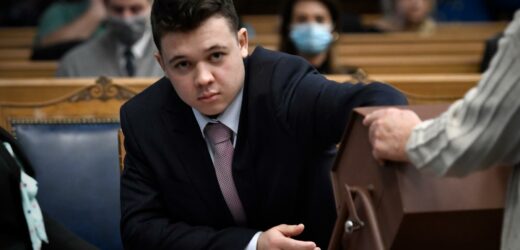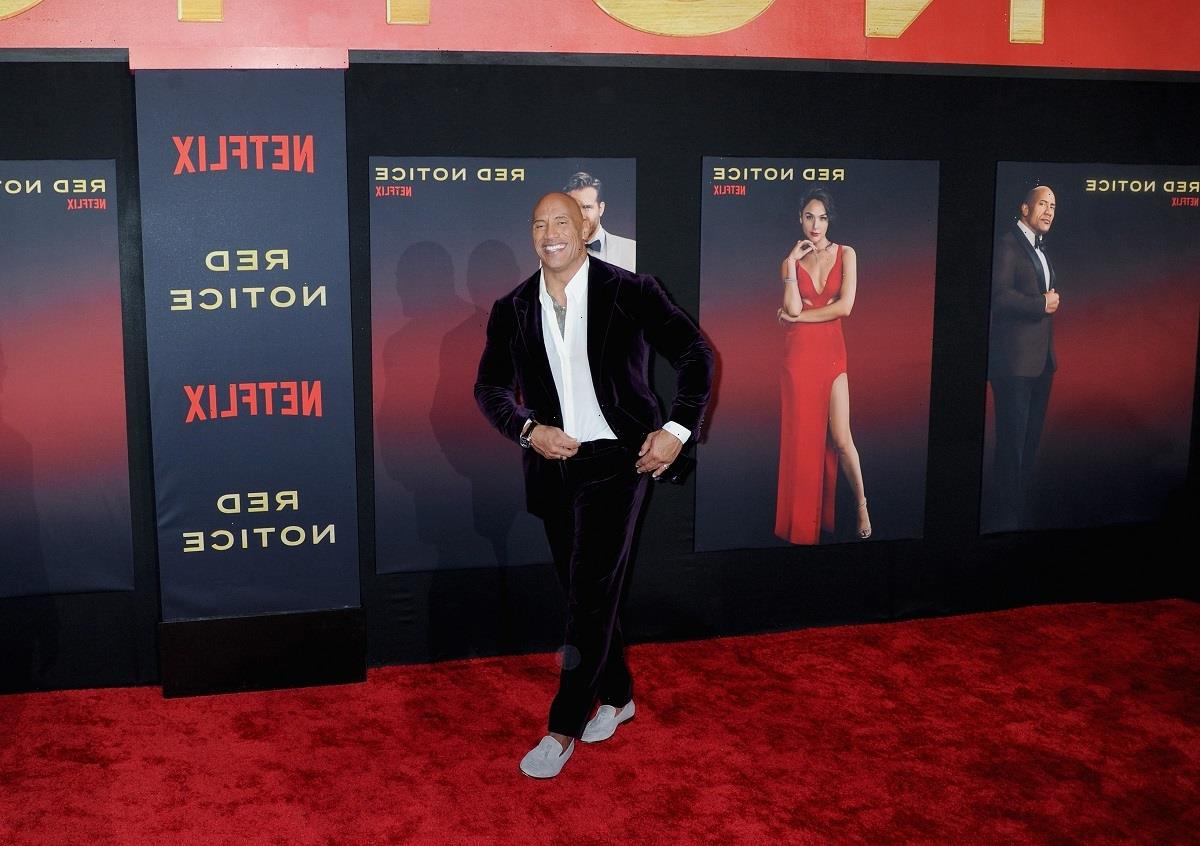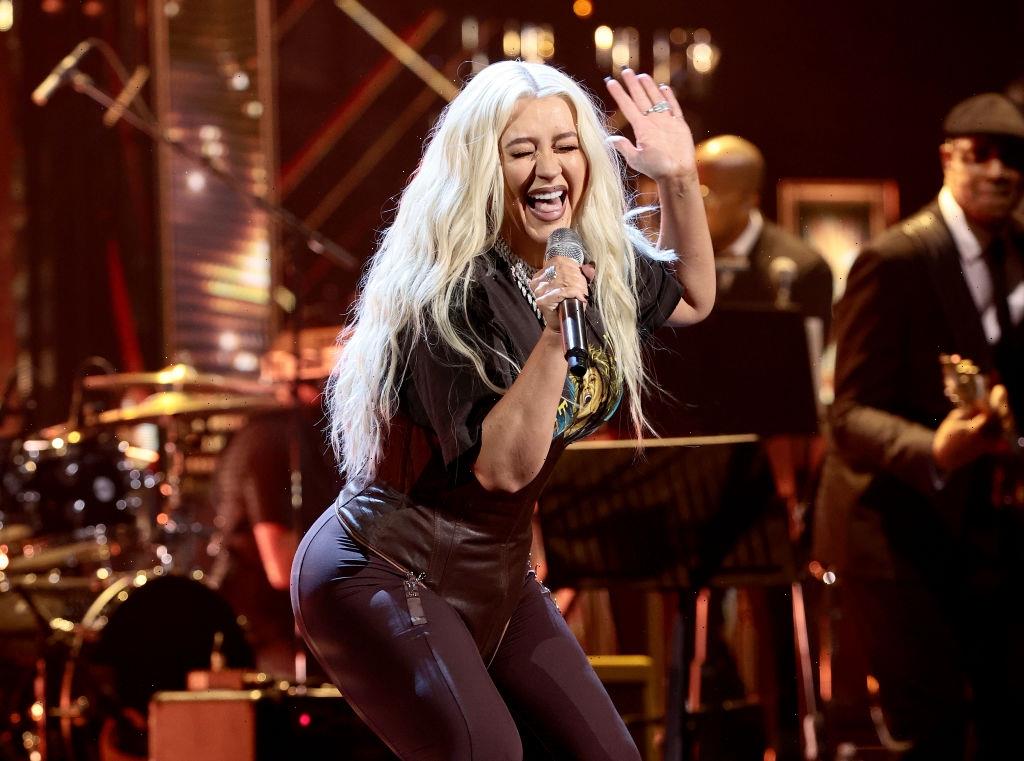Kyle Rittenhouse has been acquitted of all charges. The jury in the high-profile trial found the teenager was acting in self-defense during a pair of deadly encounters last summer in Kenosha, Wisconsin.
Rittenhouse, 18, had been charged with five counts including reckless homicide, intentional homicide, and attempted intentional homicide. He was found not guilty of all five of them. The charges stemmed from when as a 17-year-old in August 2020, Rittenhouse brought an AR-15-style semi-automatic rifle to a protest in Kenosha, where he shot and killed two men, Joseph Rosenbaum and Anthony Huber, and wounded another, Gaige Grosskreutz. Rittenhouse pleaded not guilty to all charges in January.
During a trial that often played out on live television, the prosecution sought to characterize Rittenhouse as a rogue vigilante who wanted to get revenge against people protesting the police, while the defense claimed he only wanted to protect a local business and was forced to fire his weapon in self-defense. The 12-person jury — which Rittenhouse helped select by randomly pulling names out of a tumbler — deliberated for over three days before announcing their decision on Friday. Rittenhouse broke down in tears as the jury read the “not guilty” verdicts.
The shootings took place amid unrest during a protest demanding justice and accountability for the police shooting of Jacob Blake, a Black father of six, in Kenosha. In response to news of the Blake shooting, which occurred amid broad demonstrations over the killing of George Floyd months earlier, professional athletes across multiple leagues refused to play as a protest against police brutality and systemic racism. Locally, protests in Kenosha resulted in burned buildings and cars, as police deployed tear gas and rubber bullets into the crowd.
On the second night of protests, Rittenhouse drove to downtown Kenosha from his home in Illinois, armed with an AR-15-style rifle that a friend purchased for him. Video taken prior to the shooting that night shows Rittenhouse telling the camera he is in Kenosha to “protect” a car dealership from protesters and “to help people.” Later, footage shows him identifying himself as an EMT offering medical help to protesters, although he admitted in his testimony that he was not actually a certified EMT. “He’s like a quack doctor. Practicing without a license,” Kenosha County prosecutor Thomas Binger said during closing arguments on Monday.
According to court documents and video footage, at one point during the unrest Rosenbaum began to chase Rittenhouse. Rosenbaum tried to engage Rittenhouse, leading Rittenhouse to shoot him four times, killing him. Others then pursued Rittenhouse, who tripped and fell. While Rittenhouse was on the ground, Huber struck him with a skateboard and tried to grab Rittenhouse’s rifle, leading Rittenhouse to shoot him once in the chest, killing him. Rittenhouse also shot the arm of 26-year-old Gaige Grosskreutz after Grosskreutz — who had been filming the unrest — approached him with a pistol drawn.
“Today’s verdict means there is no accountability for the person who murdered our son,” Huber’s parents said in a statement on Friday, according to The Washington Post. “It sends the unacceptable message that armed civilians can show up in any town, incite violence, and then use the danger they have created to justify shooting people in the street. We hope that decent people will join us in forcefully rejecting that message and demanding more of our laws, our officials, and our justice system.”
Rittenhouse took the stand last Wednesday to defend his actions. During testimony that was tearful at times, he said he brought the gun to “protect myself” at the protest and claimed he acted in self defense when he shot the men. Rosenbaum, he said, “ambushed” him in a parking lot and grabbed his weapon, although Rittenhouse admitted that Rosenbaum never touched his body. “If [Rosenbaum] would have taken my gun, he would’ve used it against me” and “killed me,” Rittenhouse claimed.
Rittenhouse recounted Huber hitting him with a skateboard and grabbing his weapon, and said he shot Grosskreutz because Grosskreutz had pointed the gun “directly” at his head. “I used deadly force,” Rittenhouse said of the shootings, adding, “I didn’t know if it was going to kill them. But I used deadly force to stop the threat that was attacking me.”
Grosskreutz, a volunteer paramedic, testified at the trial last week. “I thought that the defendant was an active shooter,” Grosskreutz said when explaining why he approached Rittenhouse with his weapon drawn.
After the shootings, Rittenhouse said he ran in the direction of police with his arms raised “because I didn’t do anything wrong.” The police drove past him in order to help the shooting victims.
In closing arguments, the prosecution painted Rittenhouse as a vigilante “wannabe soldier” who had “no remorse” for his actions. “So consider, for example, whether or not it’s heroic or honorable to provoke and shoot unarmed people,” Binger told the jury. “They enjoy the thrill of going around and telling people what to do, without the courage or the honor to back it up and without the legal authority to do so.”
Rittenhouse’s attorney, Mark Richards, portrayed the people Rittenhouse shot as the aggressors in his closing arguments. Richards accused the prosecution of “lying” and “misrepresenting” when it said that the teen started the violence.
“Kyle shot Joseph Rosenbaum in order to stop a threat to his person, and I’m glad he shot him because if Joseph Rosenbaum had got that gun, I don’t for a minute believe he wouldn’t have used it against somebody else,” Richards said. “He was irrational and crazy. … My client didn’t shoot at anyone until he was chased and cornered.”
Judge Bruce Schroeder, who presided over the trial, made a string of decisions that critics say abetted the defense. Judge Schroeder barred prosecutors from referring to the people Rittenhouse shot as “victims” or “alleged victims” when establishing the rules for the trial. Instead, he said they could be called “rioters,” “looters,” or “arsonists,” if the defense has evidence to prove those terms accurate. On Thursday, while the jury was present, Schroeder encouraged everyone in the courtroom to give a round of applause to a defense witness on Veterans Day because he had served in the Army. According to Associated Press reporter Michael Tarm, jurors joined in the clapping.
During the trial, prosecutors asked the judge to instruct the jury when they start their deliberations to consider lesser charges against Rittenhouse in the shootings of Huber and Grosskreutz. Lesser charges would lower the burden of proof needed for the jury to convict. On Monday, before closing arguments began, Schroeder dismissed a charge of illegal gun possession by a minor against Rittenhouse, citing a loophole in a part of the law that only applies to people under the age of 16. Rittenhouse was 17 at the time of the shooting.
Some have argued that the prosecution has made mistakes with the trial. At points, watchers speculated the defense might succeed in getting the judge to declare a mistrial “with prejudice,” which would effectively rule out any possibility of a future homicide conviction for Rittenhouse. Daniel Adams, a former Milwaukee County assistant district attorney who is not involved in the trial, told PBS Newshour that he found the prosecution’s case “incredibly underwhelming.”
“He’s got nothing,” Adams said. “I just don’t understand it. What are we doing here? We’re all kind of scratching our heads.”
As the attorneys made their final arguments, the state of Wisconsin prepared in advance for the reaction to the verdict. Gov. Tony Evers put approximately 500 members of Wisconsin’s National Guard on active duty so they could assist local law enforcement if needed.
Source: Read Full Article


